Introduction
The New York State Human Rights Law (NYSHRL) has undergone significant transformation over time, aiming to provide comprehensive civil rights protections. For better understanding, it necessitates putting pen to paper about its historical context, particularly the “Statute of Limitations.” Since its inception, the Statute of Limitations has enforced a timeframe within which certain legal disputes must be addressed. Delving into its functions and considerations reveals how deeply entrenched it is within the judicial system, setting the stage for how it applies to the NYSHRL.
Overview of the New York State Human Rights Law
The New York State Human Rights Law, enacted in 1945, has served as the state’s robust civil rights statute, aimed at prohibiting discrimination in employment, housing, and public accommodation. It is a comprehensive law, designed to promote equality and fairness by outlawing discrimination based on a variety of protected characteristics including race, sex, age, disability, and sexual orientation. The law is enforced by the New York State Division of Human Rights, the organization tasked with investigating, mediating, and potentially prosecuting violations of the NYSHRL.
Historical context: Understanding the ‘Statute of Limitations’
The ‘Statute of Limitations’ (SoL) is a legal principle that prescribes the maximum period within which legal proceedings may be initiated. Originating in early Roman Law, the concept was adopted by many legal systems worldwide, including that of New York state, to ensure timely prosecution and to avoid injustice due to lost evidence over time. In the realm of discrimination claims, the SoL was meant to provide a fair timeframe for both the accuser and the accused. However, the debate around what constitutes ‘fair’ continues, with recent efforts to extend these limits under the NYSHRL.
Understanding the Statute of Limitations
The Statute of Limitations holds immense importance in the judicial system, acting as a safeguard to prevent prolonged legal disputes. Different laws and offenses encompass different timeframes for limitations, varying from misdemeanors to serious felonies, the knowledge of which is integral while approaching any legal imbroglio.
What it is and its role in the judicial system
The Statute of Limitations is essentially a law that sets the maximum time after an event, within which legal proceedings may be initiated. In the judicial system, it serves a critical role to ensure fairness, certainty, and ultimate resolution. It avoids indefiniteness in legal affairs, preserves the integrity of evidence, and promotes justice by preventing delays in filing lawsuits.
General timeframe for various types of legal disputes
In civil and personal injury cases, the period generally ranges from one to ten years depending on the nature of the claim. Crimes such as misdemeanors have a statute of limitations often around one to two years, whereas felonies can range from none to up to twenty years. In cases of discrimination, previous laws outlined a restrictive one-year timeframe to file. It’s important to note, time limits can vary widely from state to state and for different kinds of disputes within a state.
Original Stipulations under NYSHRL
Originally, the New York State Human Rights Law stipulated a rather constrained timeline for filing claims of harassment and discrimination. The former law allowed for a punitive one-year limitation from the date of the alleged discriminatory act, placing an undue burden on the victims and raising concerns about the feasibility of such a short filing window.
Existing limitations for sexual harassment and discrimination claims
Under the previous limitations set by the NYSHRL, victims of sexual harassment or discrimination only had a year from the incident date to file a claim. This not only burdened the victims with a rushed investigation and legal process, but also pressured them to relive their trauma within a constrained time frame. Consequently, these restricting provisions drew widespread criticism for their lack of consideration towards the emotional and psychological tolls faced by victims.
Impact on victims and ease of implementation
The tight timeframe for filing claims under the old NYSHRL stipulations worsened the plight of victims, forcing them to traverse from the traumatic experience to the courtroom in a mere 365 days. This haste often compromised the quality of evidence and the preparedness of the victim for a legal battle. Moreover, the swift timeline proved challenging for law enforcement, too, demanding quick and accurate investigations. Thus, the limited timeframe was not only harsh on the victim but also imposed undue pressure on the system for swift but effective implementation.
Gov. Huchol’s Recent Legislation
In August 2019, Governor Kathy Hochul signed into law a significant amendment to the New York State Human Rights Law, extending the Statute of Limitations for discrimination claims from one year to three. The new legislation, effective from August 12th, 2020, provided victims a longer period to seek justice, showing New York’s commitment to combating discrimination and promoting equality.
Overview and key points of the recent legislation
The key points of the legislation introduced by Governor Hochul can be outlined as follows. Firstly, the statute of limitations for filing discrimination claims was significantly extended from one year to three, thus providing those affected by discrimination more time to make their case. Another crucial aspect of the legislation is that it applies retroactively, meaning that victims who were previously unable to file a claim within the original one-year limit now have a chance to pursue justice. This legislation marks a pivotal shift in the fight for equality and justice within the NY state.
Date of implementation and its implications
The legislation came into effect from August 12th, 2020, extending the timeframe for filing discrimination claims. This longer period lends victims leeway to thoroughly prepare for their legal battle, enhancing their chances of receiving justice. The change also presented an enhanced challenge to the New York State Division of Human Rights, who now had larger case loads stretching over extended periods. Nevertheless, the implications lean towards a more equitable justice system, setting an example for other states to follow.
Extension of the Statute of Limitations
The extension of the Statute of Limitations from one to three years for discrimination claims presents a much-needed change, striking a balance between ensuring timely legal recourse and providing victims adequate time to pursue their case. By comparison, this enhancement aligns New York with other leading states in the USA advocating for victim rights, setting a significant precedent in the fight against discrimination.
Shift from one year to three years for discrimination claims
The dramatic shift from a one-year to a three-year timeline for filing discrimination claims under the NYSHRL signifies a major victory for victims. Not only does it afford them a significantly extended duration to process and recover from their traumatic experiences, but it also gives them ample opportunity to assemble a comprehensive and compelling legal case. This extended Statute of Limitations, therefore, forms a keystone of Governor Hochul’s recent legislation, offering victims the guarantee of time while maintaining the urgency of justice.
Comparison with other US states’ policies
In comparison with other states across the US, New York’s revised policies reflect a considerable progressive shift. Only a few other states, like California and Rhode Island, provide as long as three years to lodge discrimination claims. In contrast, states like Alabama and Mississippi strictly adhere to a shorter one-year period. Therefore, New York’s recent extension establishes it as a leader in facilitating a more victim-friendly legal landscape.
Inclusive Scope of Discrimination Claims
The recent legislation broadens the definitions of harassment and discrimination, achieving an inclusive coverage of claims; these range from age, race, color, national origin and gender to sexual orientation, disability, military status, and more. This notion of ‘unlawful discriminatory practice’ is thereby expansive under the NYSHRL, ensuring that no individual falls outside the umbrella of justice owing to their unique circumstances.
List of all forms of discrimination covered under this law
The NYSHRL provides wide-reaching protections, prohibiting discrimination based on age, race, color, religion, national origin, sex, disability, familial status, marital status, and military status. It also expressly outlaws discrimination predicated on sexual orientation, gender identity or expression, and being a victim of domestic violence. Furthermore, the law recognizes and vigorously condemns retaliation against anyone who has filed a complaint, testified, or assisted in any proceeding under the NYSHRL.
Understanding ‘unlawful discriminatory practice’
‘Unlawful discriminatory practice’ under NYSHRL refers to an array of prejudiced actions or behaviors that belittle, marginalize, or harm individuals because of their protected characteristics. It extends beyond explicit bias, encompassing hidden and systemic discrimination where procedures, policies, or practices unintentionally disadvantage certain groups. This discrimination may occur in various domains, including employment, housing, education, and public accommodations. Comprehending this terminology is instrumental in identifying wrongs effectively and employing NYSHRL as a shield against infringement of one’s basic human rights.
Filing a Claim Post Legislation
Under the newly enacted legislation, filing a discrimination claim has become a more accessible process, shrouded in lesser time urgency. Victims are required to file their claim with the Division of Human Rights within three years of the alleged discriminatory act, who then initiates an investigation into the matter.
The role of the Division of Human Rights
The Division of Human Rights serves as the pivotal authority that processes and investigates all discrimination claims lodged under the NYSHRL. It is tasked to ensure that victims are provided with prompt and thorough investigation, paving the way towards potential prosecution of the accused. The Division’s role has only amplified following the enactment of the new legislation, making it indispensable in the pursuit of discrimination claims across the state.
Process to file a claim within the new timeframe
Filing a discrimination claim post-legislation involves the victim submitting a complaint to the New York State Division of Human Rights within three years of the incident. The complaint may be initiated online, in person, or by mail, and should include a detailed description of the discriminatory act, alongside any supporting evidence. After submission, an investigator is assigned to review the case and gather additional information, if necessary. Finally, a determination is made whether probable cause exists that unlawful discrimination occurred, leading to a public hearing if appropriate.
The Impact on Retaliation Claims
The extension of the Statute of Limitations not only impacts direct discrimination claims, but also significantly holds legal relevance for retaliation claims. Retaliation refers to adverse actions taken against individuals who have filed or supported discrimination complaints, and such claims are equally subject to the newly extended, three-year limitation period.
Explanation of ‘unlawful retaliation’
‘Unlawful retaliation’ refers to the adverse action taken by an employer or entity against an individual for participating in legally protected activities, such as filing a discrimination complaint. These retaliatory measures can range from employment-related penalties such as demotion, undesirable assignments, or termination, to other forms of harassment or intimidation. By extending the Statute of Limitations, the new NYSHRL ensures those that have been subject to such retaliation have ample opportunity to seek justice.
How the law benefits victims of retaliation
The extension of the Statute of Limitations to three years significantly benefits victims of retaliation. It allows them a safer, less intimidating environment to report misconduct, knowing they have more time to pursue their case. The extended period also encourages reporting by reducing the fear of immediate negative consequences. Furthermore, it ensures that offenders are held accountable for retaliation, thereby fostering a more transparent, non-discriminatory culture.
Possible Challenges and Criticisms
Despite the widespread applause for this legislation, potential challenges and criticisms exist. Although intended to serve justice, critics argue that the prolonged timeframe of three years may lead to potential misuses of the law and burden businesses with increased unwarranted legal disputes.
Potential opposition to the legislation
Certain opposition to the legislation arises primarily from business entities and some legal practitioners. Concerns are voiced that the lengthened timeframe might exacerbate false or frivolous lawsuits, inflicting unwarranted legal expenses on businesses. Detractors also argue it could amass a backlog of cases for the judicial system, pressuring already strained court resources.
Legal and societal arguments against the extension
Critics argue that the extension enables claimants to potentially exploit the longer time frame to their advantage, breeding ground for unfounded or exaggerated claims. Legally, concerns center around the possibility of evidence degradation over the extended period, potentially impeding fair trials. From a societal perspective, concerns are raised that it could champion a culture of litigation, breeding distrust in the workplace or housing situations. Furthermore, some worry that this could quadruple the backlog in the already burdened Division of Human Rights, delaying justice for all involved parties.
Conclusion
The extension of the Statute of Limitations under the NYSHRL signifies a momentous leap forward for equality and justice in New York, setting benchmarks for other states in terms of victim support and measures against discrimination. However, it is essential for society, businesses, and judicial systems to carefully navigate the potential challenges posed by this extension, underscoring the balancing act of pursuing justice while maintaining fairness for all parties involved.
Wrap up and reiteration of the newly extended limitations
After a detailed examination of the augmented Statute of Limitations under the NYSHRL, it’s evident that this three-year timeframe for filing discrimination claims is a crucial stride in fortifying victims’ rights. The wider window provides a more patient route to justice by allowing cases to be thoroughly prepared and approached with considerably less urgency. Simultaneously, it poses a challenge to maintain the balance of swift justice and prevention of misuse.
The importance of this extension for justice and equality
This extension carries paramount importance for justice and equality by offering victims much-needed time to prepare their case effectively. It represents a significant stride in recognizing the traumatic aftermath of discrimination and the time victims require to recover and fight for their rights. Further, this extension operatively discourages perpetrators, promoting a more inclusive, equitable society. Thus, it echos the sentiment that quality of justice is paramount to mere swift legal redressal.
SEO Powered ByBreakout Content AI




